Home>Dining>Tableware>What Determines Which Glassware You Measure With
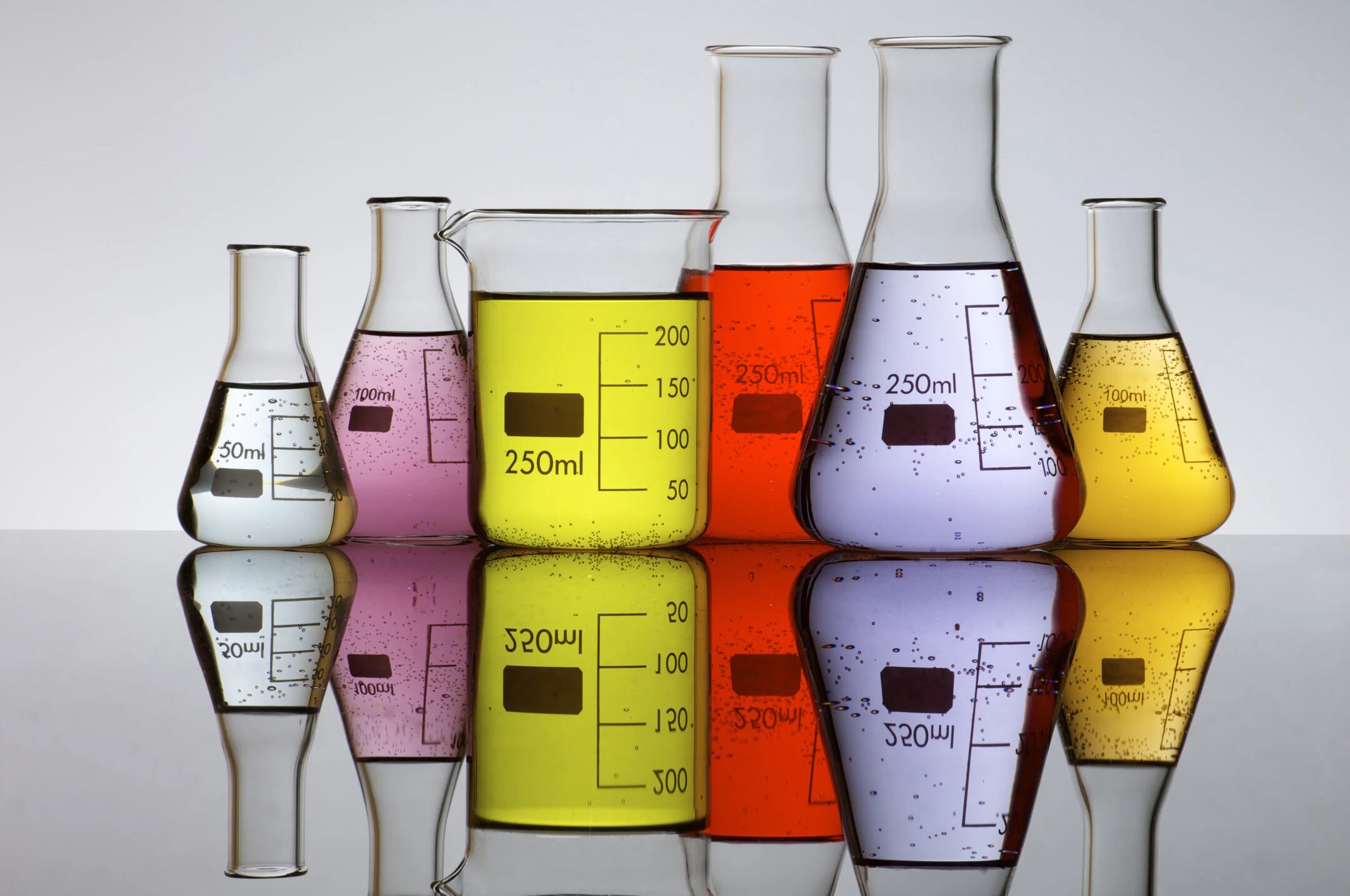

Tableware
What Determines Which Glassware You Measure With
Modified: January 9, 2024
Discover what factors influence the choice of tableware for precise measurements. Explore various types of glassware used in scientific experiments and culinary settings.
(Many of the links in this article redirect to a specific reviewed product. Your purchase of these products through affiliate links helps to generate commission for Storables.com, at no extra cost. Learn more)
Introduction
Glassware plays a crucial role in various fields that require precise measurements. Whether it’s in a laboratory, kitchen, or manufacturing setting, the choice of glassware can greatly impact the accuracy and reliability of the measurements obtained. Different types of glassware are designed to cater to specific measurement needs, making it essential to understand the factors that determine which glassware to use in different situations.
In this article, we will explore the importance of glassware in measurement, the physical properties and design considerations of glassware, its compatibility with the measured substance, as well as the accuracy and precision of measurements. Additionally, we will delve into the proper handling, cleaning, calibration, and verification of glassware. By understanding these aspects, we can ensure optimal performance and reliable results in any measurement endeavor.
Key Takeaways:
- Glassware is crucial for accurate measurements in labs, kitchens, and industries. Its physical properties, design, and compatibility with substances impact measurement reliability. Proper handling, cleaning, calibration, and verification are essential for maintaining accuracy and precision.
- Transparency, heat resistance, and chemical compatibility are key factors in selecting glassware for precise measurements. Regular calibration and verification ensure ongoing accuracy and reliability in various fields.
Importance of Glassware in Measurement
Glassware is the backbone of accurate and precise measurements in various scientific, culinary, and industrial applications. It provides a reliable medium for containment, observation, and manipulation of substances. The choice of glassware can significantly impact the quality of measurements obtained. Here are a few reasons why glassware is important in measurement.
- Containment and Stability: Glassware provides a stable and non-reactive environment for substances, preventing contamination and ensuring the integrity of the measurement. It is resistant to chemical reactions and does not leach impurities into the sample, ensuring accurate results.
- Observation and Analysis: Transparent glassware allows for visual observation and analysis of the substance being measured. This is crucial in scientific experiments, where researchers need to monitor changes and reactions visually.
- Measurement Precision: Glassware is manufactured with precise measurements and markings, allowing for accurate volume and weight determinations. This precision enables scientists, chefs, and manufacturers to obtain reliable data and achieve consistent outcomes.
- Controlled Manipulation: Glassware is designed with specific features to enable controlled manipulation of substances. Examples include graduated cylinders for precise liquid volume measurements, and burettes for controlled dispensing of reagents in titrations.
Overall, glassware plays a crucial role in maintaining the integrity of a measurement, allowing for accurate and reproducible results. It provides a stable environment, allows observation and analysis, offers precise measurements, and enables controlled manipulation of substances. Choosing the right glassware for a specific measurement task is essential to ensure the reliability and accuracy of the data obtained.
Physical Properties of Glassware
Glassware is made from a unique material called glass, which possesses specific physical properties that make it suitable for various measurement applications. Understanding these properties is essential in selecting the appropriate glassware for specific measurement needs. Here, we will discuss some key physical properties of glassware.
- Transparency: One of the most important properties of glassware is its transparency. Transparent glass allows for easy visual observation of the substance being measured, enabling researchers and users to monitor changes, reactions, and any other characteristics of interest.
- Resistance to Heat: Glassware is designed to withstand high temperatures without breaking or deforming. This property is especially important in applications that involve heating or cooling of substances, such as in distillation or titration processes.
- Chemical Resistance: Glassware is generally chemically resistant, making it suitable for a wide range of substances. It does not react with most chemicals, ensuring that the measured substance remains pure and uncontaminated during the measurement process.
- Durability: Glassware is known for its durability and longevity. It can withstand repeated use, cleaning, and sterilization without degradation of its physical properties or the accuracy of its measurements. However, it is still susceptible to breakage if mishandled or subjected to extreme conditions.
- Thermal Expansion: Glassware exhibits a unique property known as thermal expansion. When exposed to changes in temperature, glass expands or contracts at a predictable rate. This property is important in applications that require precise measurements, as it allows for the compensation of thermal effects on volume and ensures accurate results.
- Optical Clarity: Glassware is designed to have excellent optical clarity, enabling accurate observation of the substance being measured. It minimizes the distortion of light passing through it, allowing for better visualization.
These physical properties make glassware a versatile and reliable choice for measurement applications. Its transparency, resistance to heat and chemicals, durability, thermal expansion characteristics, and optical clarity are crucial factors to consider when selecting the appropriate glassware for specific measurement needs. By understanding and leveraging these properties, users can ensure accurate and consistent measurements in their respective fields.
Design and Construction of Glassware
The design and construction of glassware play a vital role in its functionality and suitability for different measurement tasks. The following factors are considered during the design and construction process to ensure optimal performance:
- Shape: Glassware comes in various shapes and sizes, each designed for specific measurement purposes. Common shapes include beakers, flasks, test tubes, pipettes, and burettes. The shape of the glassware impacts factors such as ease of pouring, mixing, and heat distribution.
- Capacity: The capacity of glassware refers to its volume or the amount of substance it can hold. Glassware is typically marked with calibrated lines to indicate the volume. Choosing glassware with an appropriate capacity is essential to prevent spills or overflows during measurements.
- Material: Different materials contribute to the construction of glassware. Borosilicate glass, such as Pyrex or Duran, is commonly used due to its durability and resistance to thermal stress. Other materials, such as quartz or plastic, may be used for specialized applications depending on factors like chemical compatibility or optical clarity requirements.
- Construction: Glassware is manufactured through various processes, including blowing, molding, and machining. Careful attention is given to the precision and quality of construction to ensure accurate measurements. For instance, volumetric glassware like burettes undergoes calibration processes to guarantee accuracy.
- Stability: Stability is essential in preventing glassware from tipping or falling during measurements. Flat and stable bases, as well as low center of gravity designs, are employed to enhance stability and prevent accidents.
- Attachment Points: Many types of glassware have attachment points, such as necks or ground glass joints, which allow for the connection of other apparatus. This facilitates more complex measurement setups and enables the integration of glassware into larger experimental systems.
The design and construction of glassware are critical in determining its functionality, accuracy, and durability. Consideration of factors such as shape, capacity, material, construction quality, stability, and attachment points ensures that glassware meets specific measurement requirements. By selecting glassware with the right design and construction features, users can enhance their measurement processes and achieve reliable results.
Compatibility with the Measured Substance
When choosing glassware for measurement purposes, it is crucial to consider the compatibility between the glassware and the substance being measured. Different substances may exhibit unique characteristics that can interact with the glass material, potentially affecting the accuracy of measurements or even causing damage to the glassware. Here are some factors to consider in terms of compatibility:
- Chemical Resistance: Glassware is generally chemically resistant, but it is still important to verify its compatibility with specific substances. Some chemicals may react with certain types of glass, leading to leaching or degradation of the glassware. It is essential to consult chemical compatibility charts or manufacturers’ recommendations.
- pH Sensitivity: Some glassware, particularly for laboratory use, is designed to withstand a wide range of pH values. However, extreme pH levels or prolonged exposure to highly acidic or alkaline substances may still cause damage or affect the accuracy of measurements. Ensure that the glassware chosen can withstand the intended pH range.
- Temperature Resistance: Glassware should be compatible with the temperature range of the measured substance. Sudden temperature changes or exposure to extreme temperatures can lead to thermal stress, causing glassware to crack or shatter. Choose glassware that is specifically designed for the intended temperature range.
- Reactivity: Certain substances may react with or adhere to the surface of glassware, leading to contamination or interference with measurements. For example, some proteins or biological samples may adhere to glass surfaces, affecting the accuracy of analysis. In such cases, specialized coatings or inert materials may be necessary.
- Optical Transparency: The substance being measured may have specific optical requirements, such as the need for UV transmittance or fluorescence. In these cases, glassware made from specific materials or with particular optical properties may be necessary to ensure accurate measurement of these optical characteristics.
Considering the compatibility between the glassware and the measured substance is crucial in obtaining reliable and accurate measurements. It helps to prevent issues such as chemical reactions, contamination, or damage to the glassware. By carefully selecting glassware that is compatible with the properties and requirements of the measured substance, users can ensure the integrity of their measurements.
When measuring liquids, use a graduated cylinder for precise measurements, a beaker for approximate measurements, and a volumetric flask for accurate volumes.
Accuracy and Precision of Measurements
In any measurement process, accuracy and precision are essential factors that determine the reliability and validity of the obtained results. Glassware plays a crucial role in achieving accurate and precise measurements. Here’s an overview of these concepts and how glassware contributes to them:
Accuracy: Accuracy refers to the closeness of a measurement to the true or accepted value. Glassware with accurate calibration markings ensures that the volume or weight measurements obtained are as close to the actual value as possible. Regular calibration and verification of glassware are necessary to maintain accuracy over time.
Precision: Precision relates to the consistency and reproducibility of measurements. Glassware with precise calibration markings and a minimal margin of error allows for precise volume or weight determinations. The design and construction of glassware, including clear and visible markings, play a significant role in achieving precision.
Factors that contribute to the accuracy and precision of measurements include:
- Calibration: Glassware is typically calibrated through known reference measurements. Calibration ensures that the volume or weight markings on the glassware correspond accurately to the intended values. Regular calibration is necessary to maintain accuracy and precision over time.
- Manufacturing Quality: High-quality glassware manufacturing ensures consistent calibration markings and accurate construction. Precise construction, such as uniform wall thickness and consistent dimensions, also contributes to measurement accuracy and precision.
- Technique: Proper measurement techniques, such as handling the glassware carefully, holding it at eye level when reading the volume, and ensuring proper alignment with the meniscus, contribute to accurate and precise measurements.
- Temperature Correction: Glassware can expand or contract with temperature changes, affecting the accuracy and precision of measurements. Correcting for temperature variations is essential in achieving accurate results, especially in volumetric measurements. This is typically done with the help of temperature correction charts or electronic temperature-compensating instruments.
By using properly calibrated and high-quality glassware, adhering to correct measurement techniques, and considering temperature corrections when necessary, users can ensure accurate and precise measurements. These practices are crucial in a variety of fields, including scientific research, quality control, and culinary arts, where precise and reliable measurements are essential for success.
Proper Handling and Cleaning of Glassware
Proper handling and cleaning of glassware are crucial to maintain its functionality, accuracy, and longevity. Mishandling or improper cleaning techniques can lead to breakage, contamination, or damage to the glassware. Here are some tips for handling and cleaning glassware:
Handling:
- Avoid Rough Handling: Glassware is fragile and prone to breakage, so it is important to handle it with care. Avoid banging or dropping glassware, and use caution when inserting or removing stoppers, connectors, or other attachments.
- Hold Properly: When handling glassware, ensure a firm grip while avoiding excessive pressure. Holding glassware securely helps prevent accidents and maintains the integrity of the measurement.
- Use PPE (Personal Protective Equipment): Depending on the substances being handled, it may be necessary to wear appropriate personal protective equipment, such as gloves or goggles, to ensure both personal safety and the preservation of the glassware.
Cleaning:
- Pre-rinse: Before cleaning, pre-rinse glassware with a suitable solvent or detergent to remove any residual substances and prevent cross-contamination.
- Choose the Right Cleaning Agent: Select a cleaning agent that is appropriate for the type of glassware and the substances being removed. Mild detergents or specialized glassware cleaning agents are generally suitable. Avoid abrasive cleaners or solvents that can damage the glass or leave residue.
- Handwashing vs. Machine Washing: Handwashing is generally recommended for delicate glassware, while machine washing may be suitable for more robust glassware. Follow the manufacturer’s recommendations for cleaning methods.
- Brushing and Soaking: For stubborn residue or hard-to-reach areas, use a soft brush or pipette brush to gently scrub the glassware. Soaking glassware in a cleaning solution can also assist in the removal of tough deposits.
- Rinse Thoroughly: After cleaning, ensure thorough rinsing of the glassware with distilled water or deionized water to remove any cleaning agents or residues.
- Drying: Air-dry glassware in a clean, dust-free area or use a lint-free cloth to gently dry it. Avoid using high heat or rapid drying methods, as they can cause thermal stress or leave residues.
By following proper handling and cleaning practices, users can ensure the longevity and accuracy of their glassware. It is important to note that specific cleaning and handling procedures may vary depending on the type of glassware and the substances being used. Refer to manufacturer guidelines and safety data sheets for detailed instructions on handling and cleaning specific types of glassware.
Calibration and Verification of Glassware
Calibration and verification of glassware are essential processes to ensure the accuracy and reliability of measurements. Over time, glassware can experience wear or minor changes that may affect its calibration. Regular calibration and verification help maintain the integrity of the glassware and ensure accurate results. Here’s an overview of the calibration and verification processes:
Calibration:
- Initial Calibration: Glassware is calibrated at the time of manufacture to establish accurate volume or weight markings. This initial calibration provides baseline accuracy and helps users obtain reliable measurements.
- Regular Calibration: Glassware should be recalibrated periodically to account for any deviations that might have occurred over time. The frequency of calibration depends on factors such as frequency of use, type of glassware, and user requirements.
- Calibration Methods: Calibration can be done using various methods, including gravimetric methods, volumetric methods, or comparison with a standard reference instrument. The chosen method depends on the type of glassware and the accuracy requirements.
- Traceability: Calibrations should be traceable to national or international standards, ensuring the accuracy and comparability of measurements. This traceability provides confidence in the calibration process and helps maintain consistency across different laboratories or facilities.
Verification:
- Periodic Verification: In addition to calibration, regular verification checks are performed to ensure that glassware remains within specified tolerances and meets accuracy requirements. Verification can be done using certified standard solutions or other appropriate reference materials.
- Comparison with Known Standards: Verification involves comparing the measurements obtained with the glassware to known standards or reference values. Any deviations or discrepancies are identified and appropriate corrective actions are taken.
- Record Keeping: It is essential to maintain detailed records of calibration and verification activities. This includes documenting the date, method, results, and any adjustments made during the process. These records serve as a reference and help demonstrate compliance with quality assurance or regulatory requirements.
Calibration and verification of glassware ensure that it continues to provide accurate and reliable measurements. These processes help identify any deviations or changes that may affect the accuracy of the glassware and allow for necessary adjustments or replacements to be made. By following regular calibration and verification procedures, users can maintain the integrity of their glassware and ensure confidence in the measurements obtained.
Conclusion
Glassware plays a vital role in accurate and precise measurements across various fields, including scientific research, culinary arts, and industrial applications. Understanding the factors that determine which glassware to use is essential for obtaining reliable results.
We have explored the importance of glassware in measurement and its impact on accuracy and precision. The physical properties of glassware, such as transparency, resistance to heat and chemicals, and durability, are key considerations in selecting the appropriate glassware for specific measurement needs. The design and construction of glassware, including shape, capacity, material, and stability, contribute to its functionality and suitability for different measurement tasks.
Compatibility between the glassware and the substance being measured is crucial to prevent chemical reactions, contamination, or damage to the glassware. Considering factors such as chemical resistance, pH sensitivity, and optical transparency ensures reliable measurements and preserves the integrity of both the glassware and the measured substance.
Proper handling and cleaning techniques are essential for maintaining glassware functionality, accuracy, and longevity. Avoiding rough handling, choosing the right cleaning agent, and rinsing thoroughly are key aspects of proper glassware maintenance.
Regular calibration and verification are necessary to ensure the accuracy and reliability of glassware. Calibration methods and traceability to national or international standards uphold the accuracy of glassware measurements. Periodic verification checks help identify deviations and ensure ongoing accuracy and compliance.
In conclusion, glassware is a fundamental tool in measurement processes, and selecting, handling, cleaning, and maintaining it correctly are essential for obtaining accurate and precise results. By understanding the importance of glassware and considering its physical properties, design, compatibility, and calibration requirements, users can enhance the quality and reliability of their measurements across various fields.
Frequently Asked Questions about What Determines Which Glassware You Measure With
Was this page helpful?
At Storables.com, we guarantee accurate and reliable information. Our content, validated by Expert Board Contributors, is crafted following stringent Editorial Policies. We're committed to providing you with well-researched, expert-backed insights for all your informational needs.
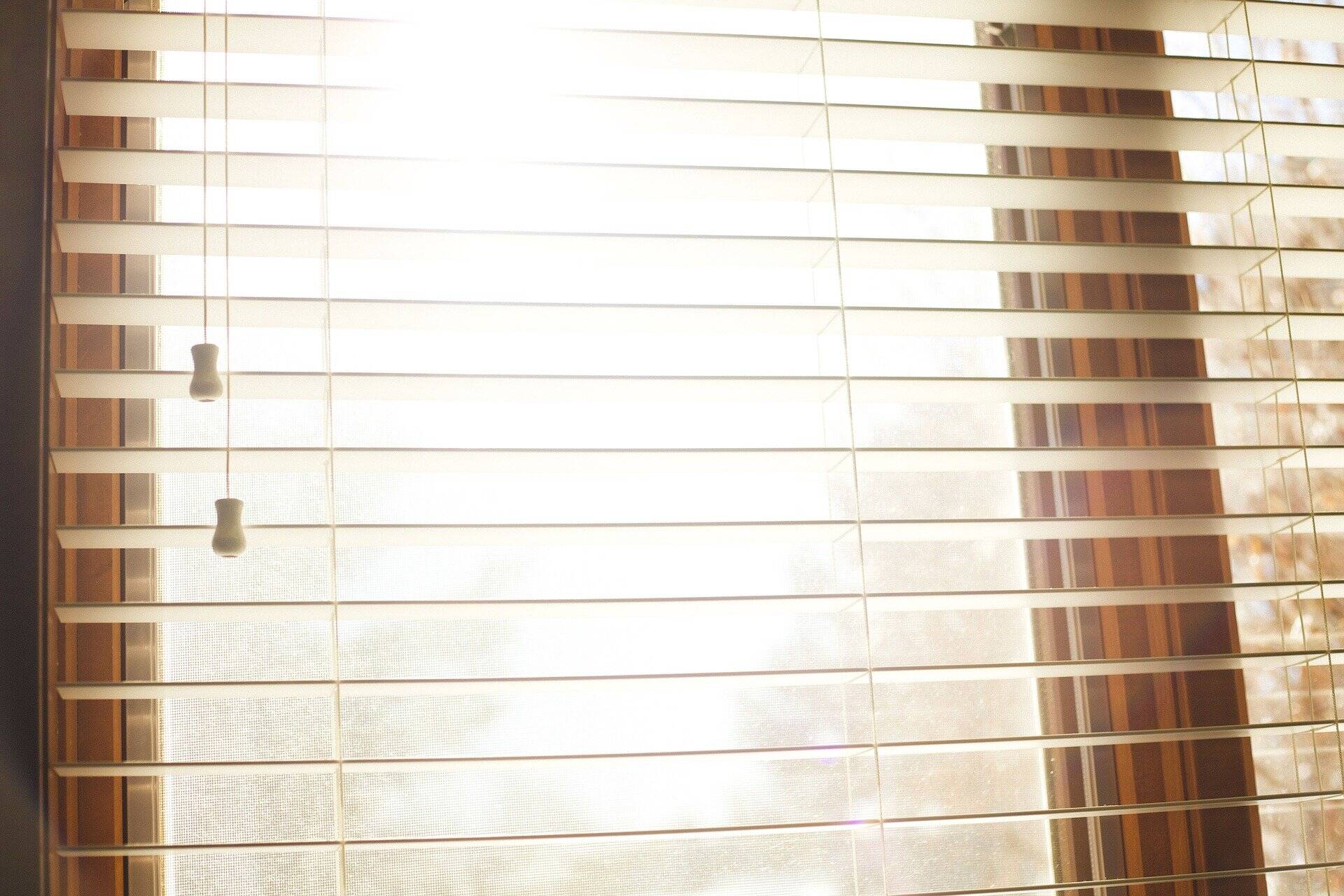
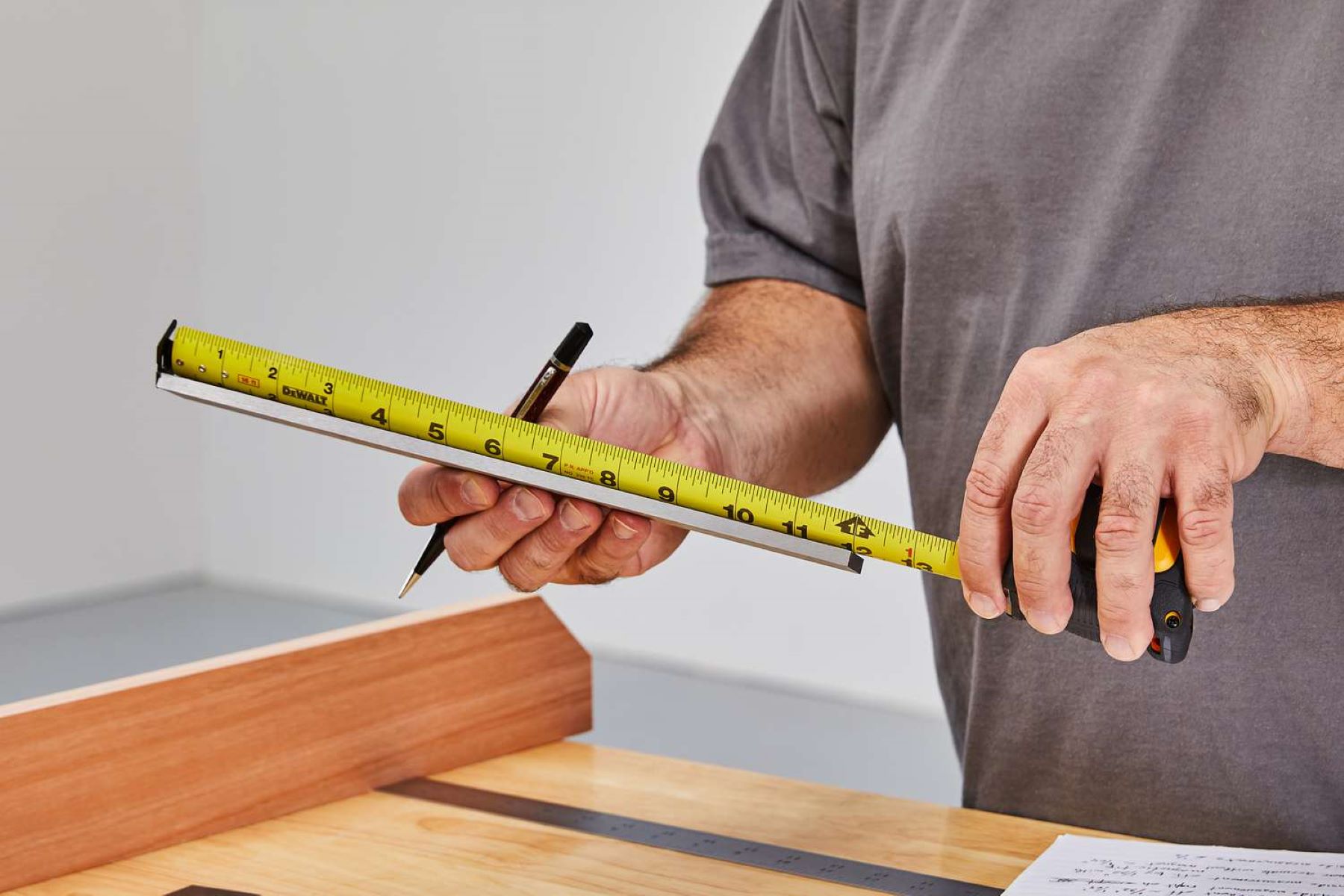
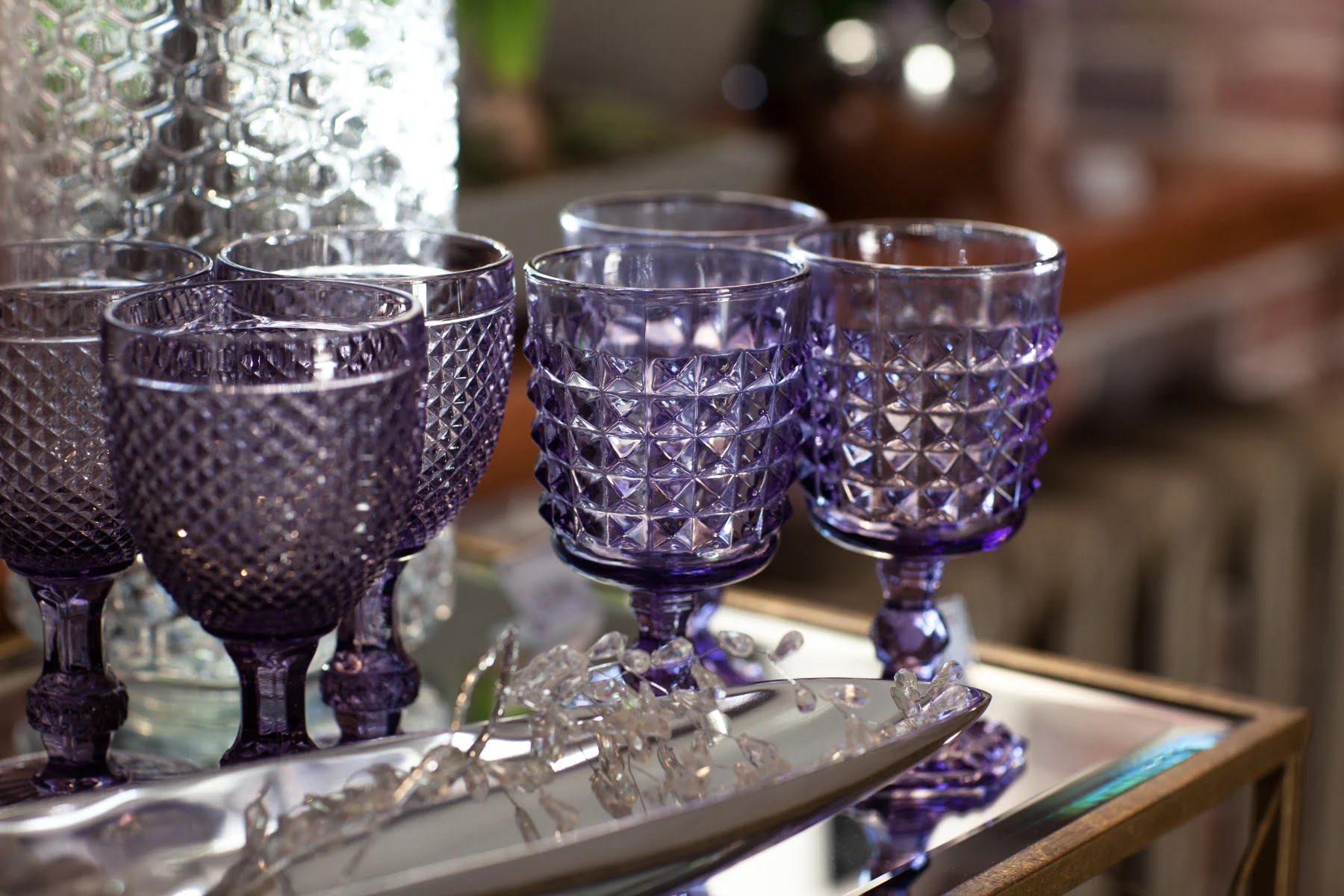
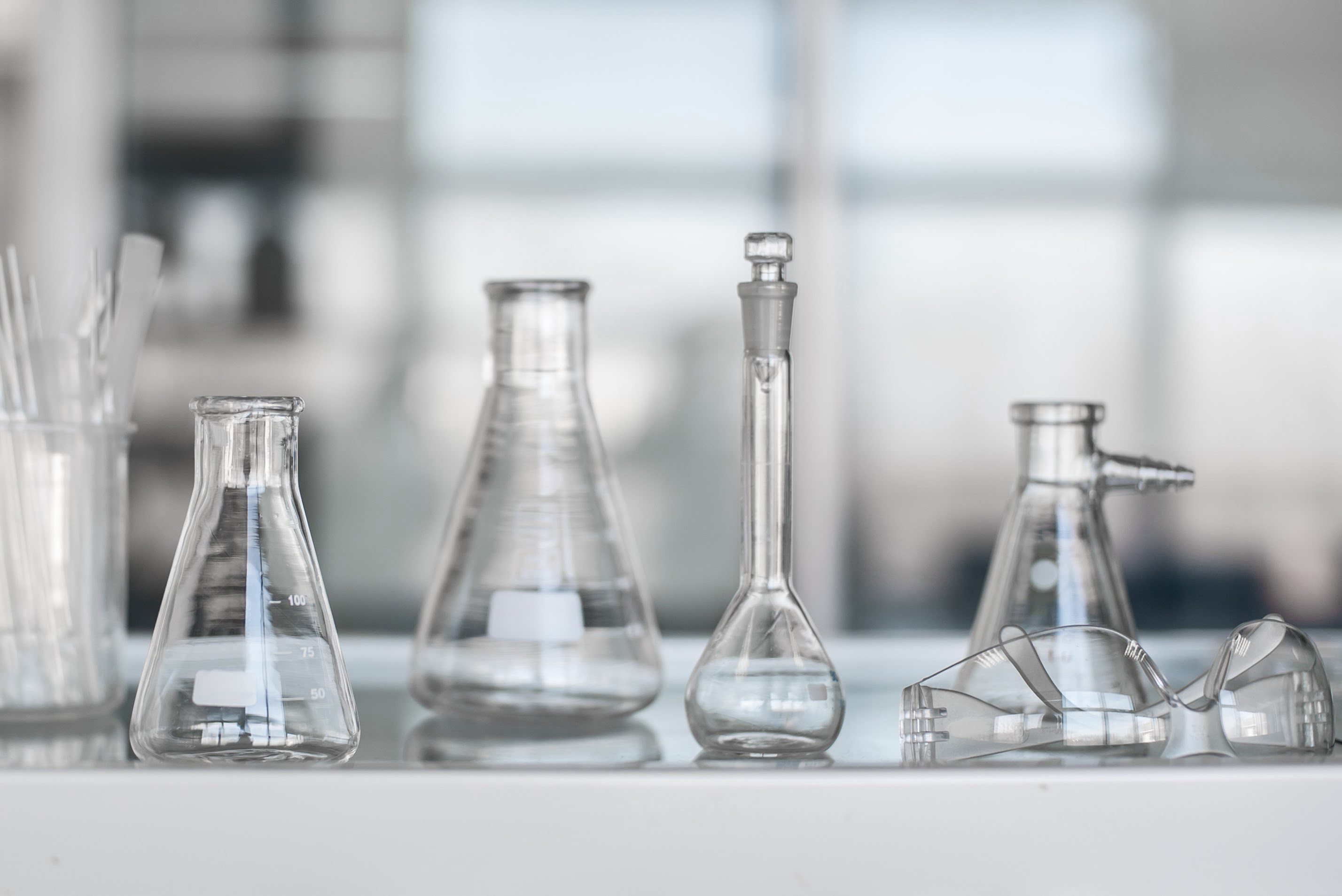
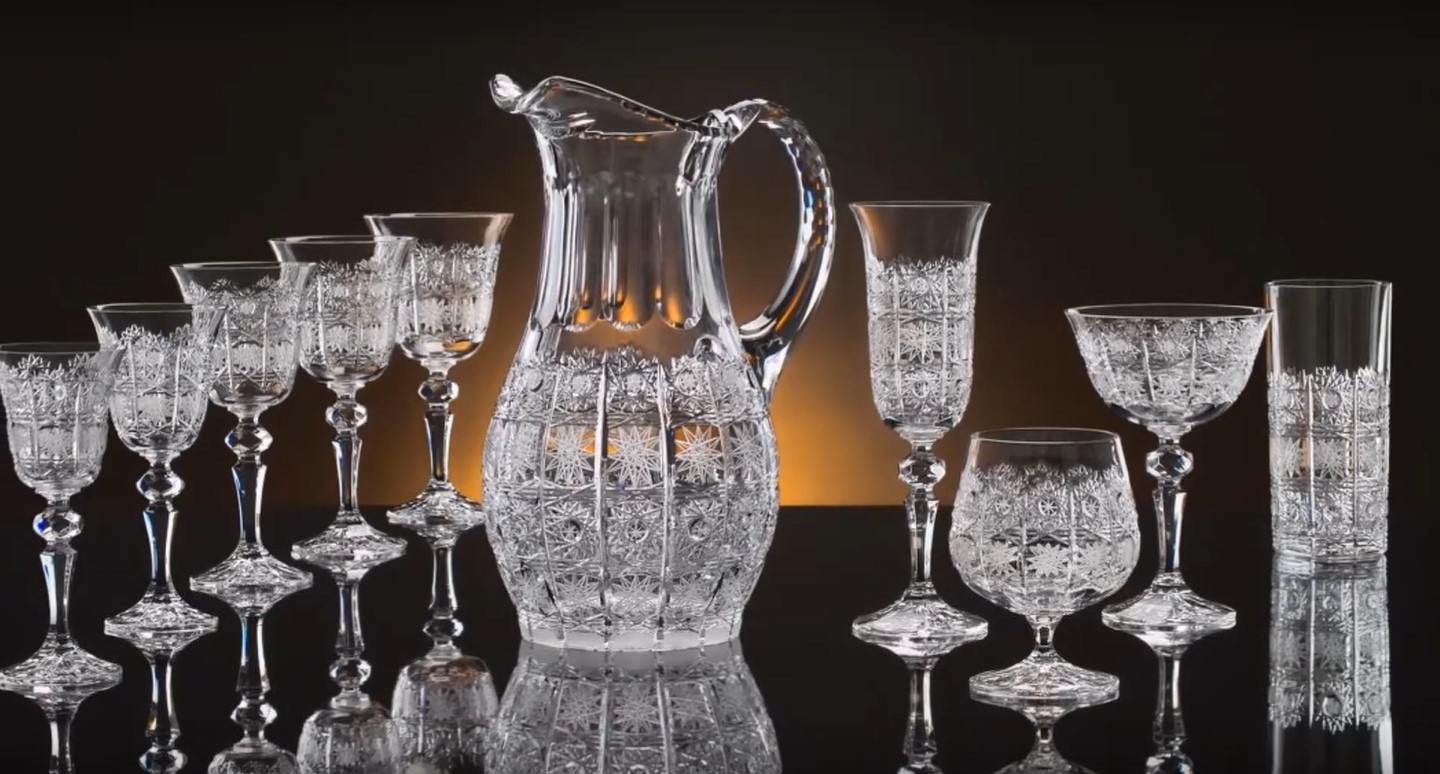
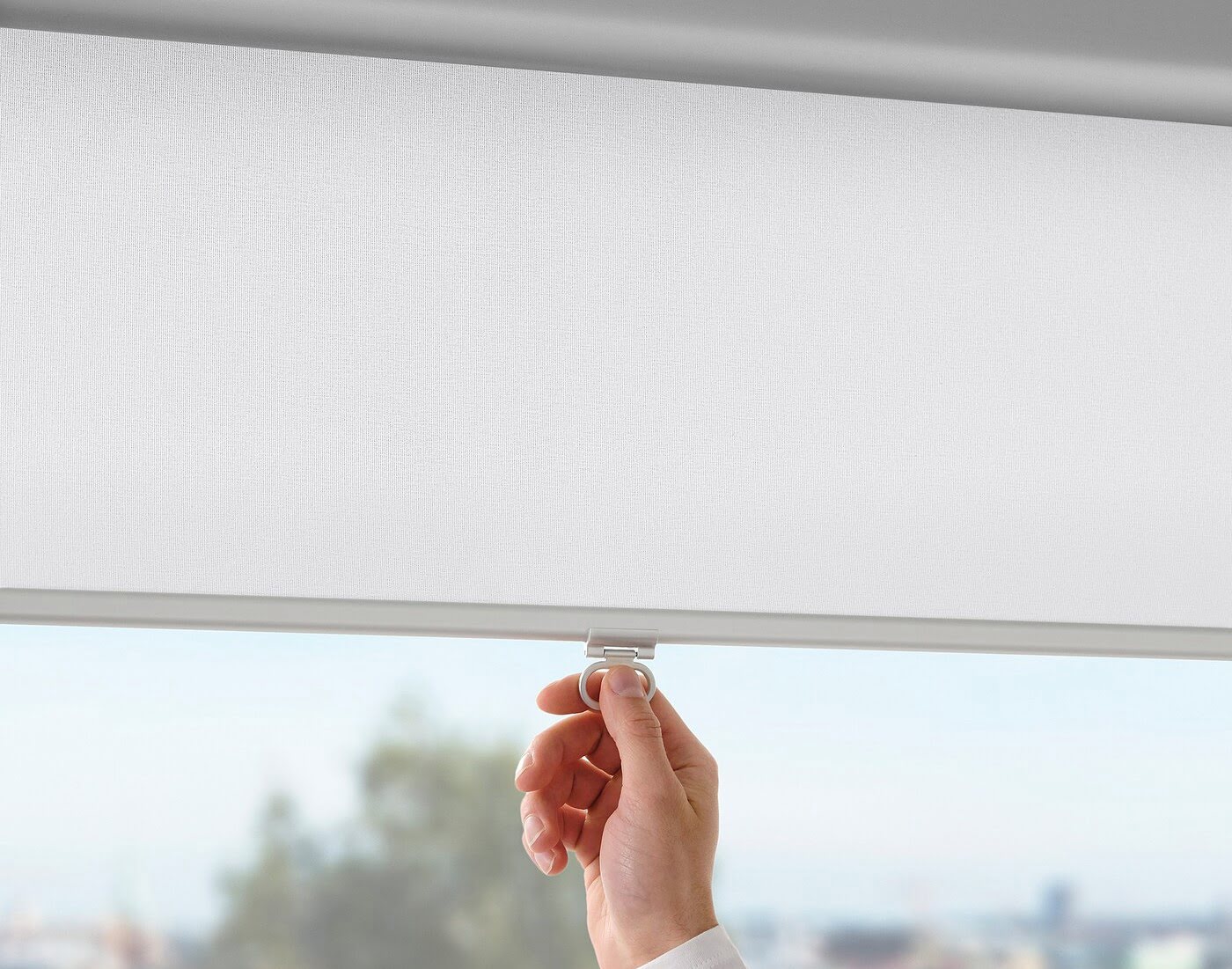
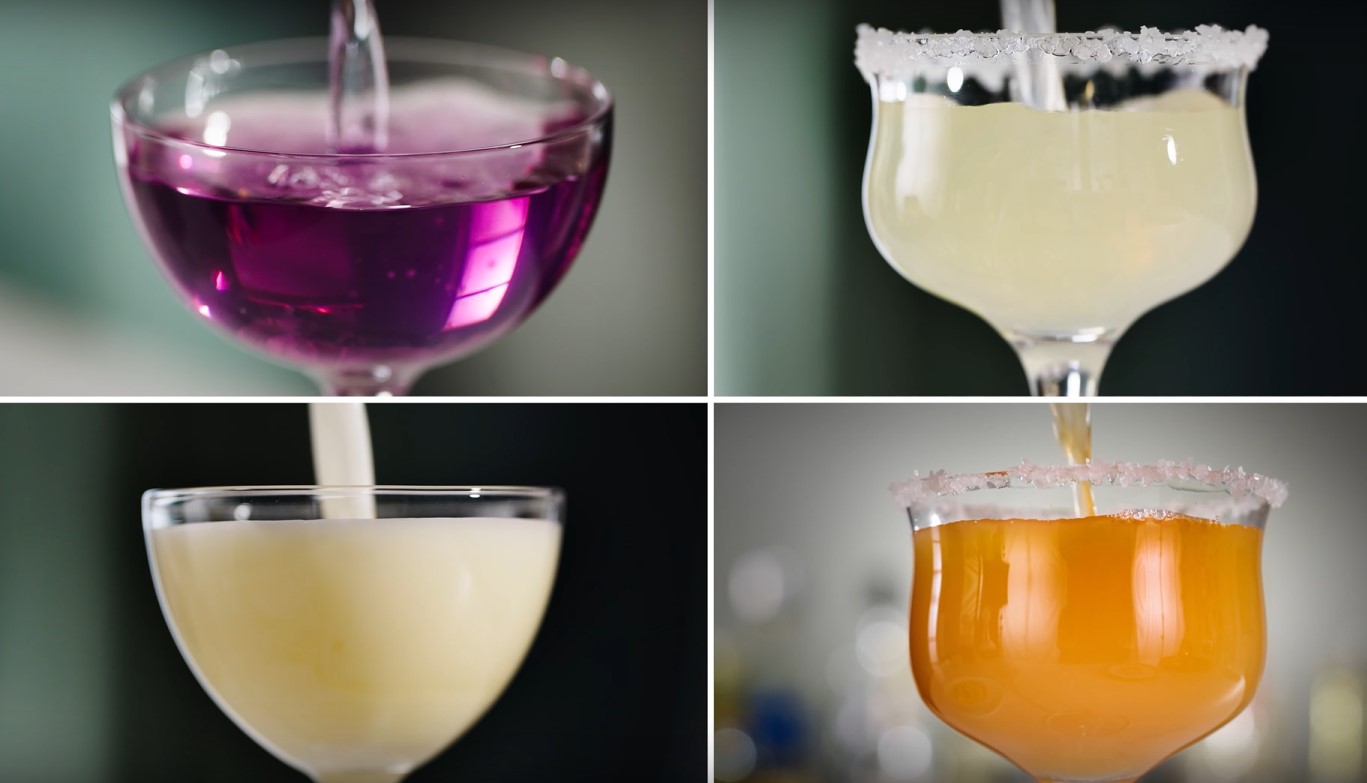
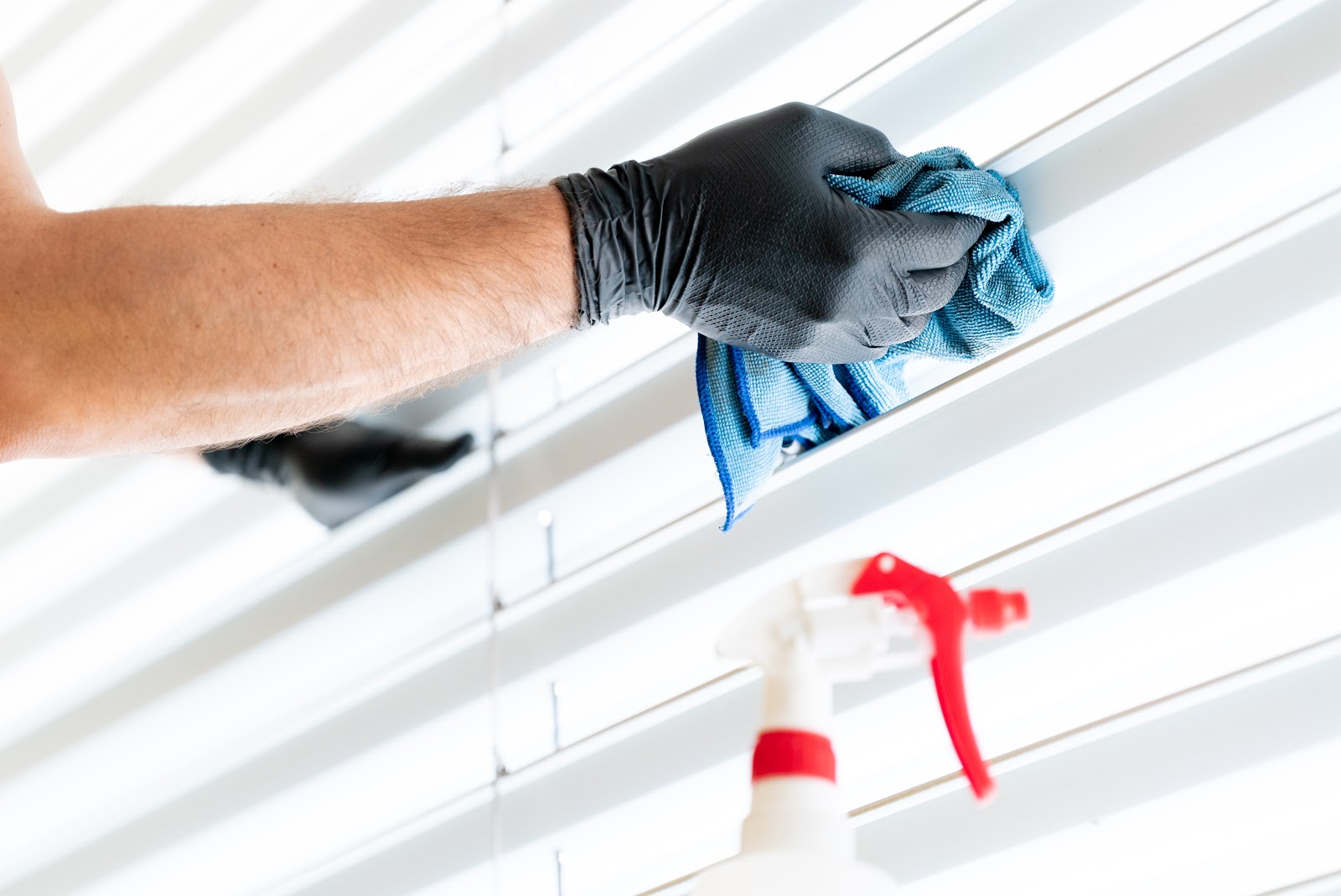
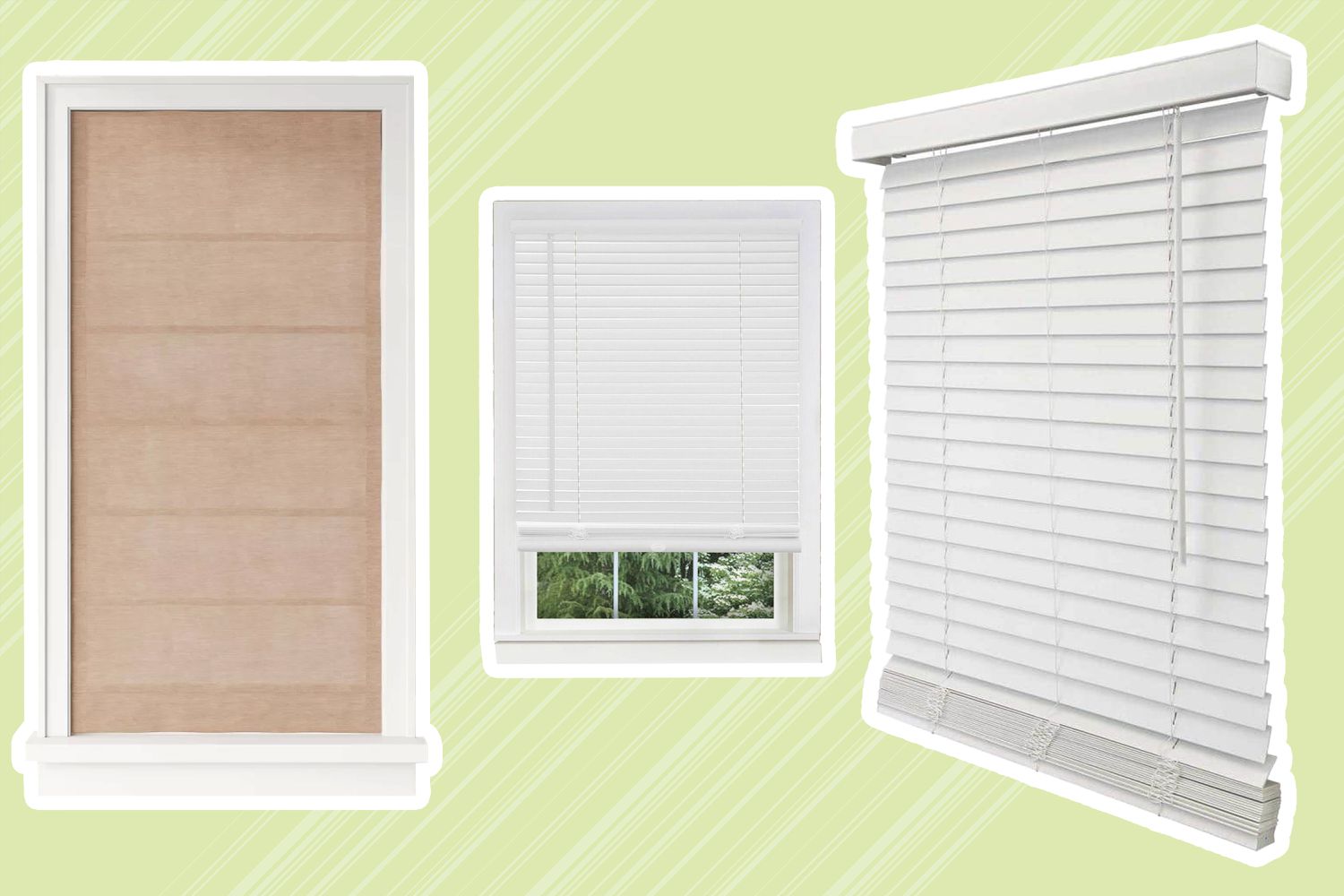
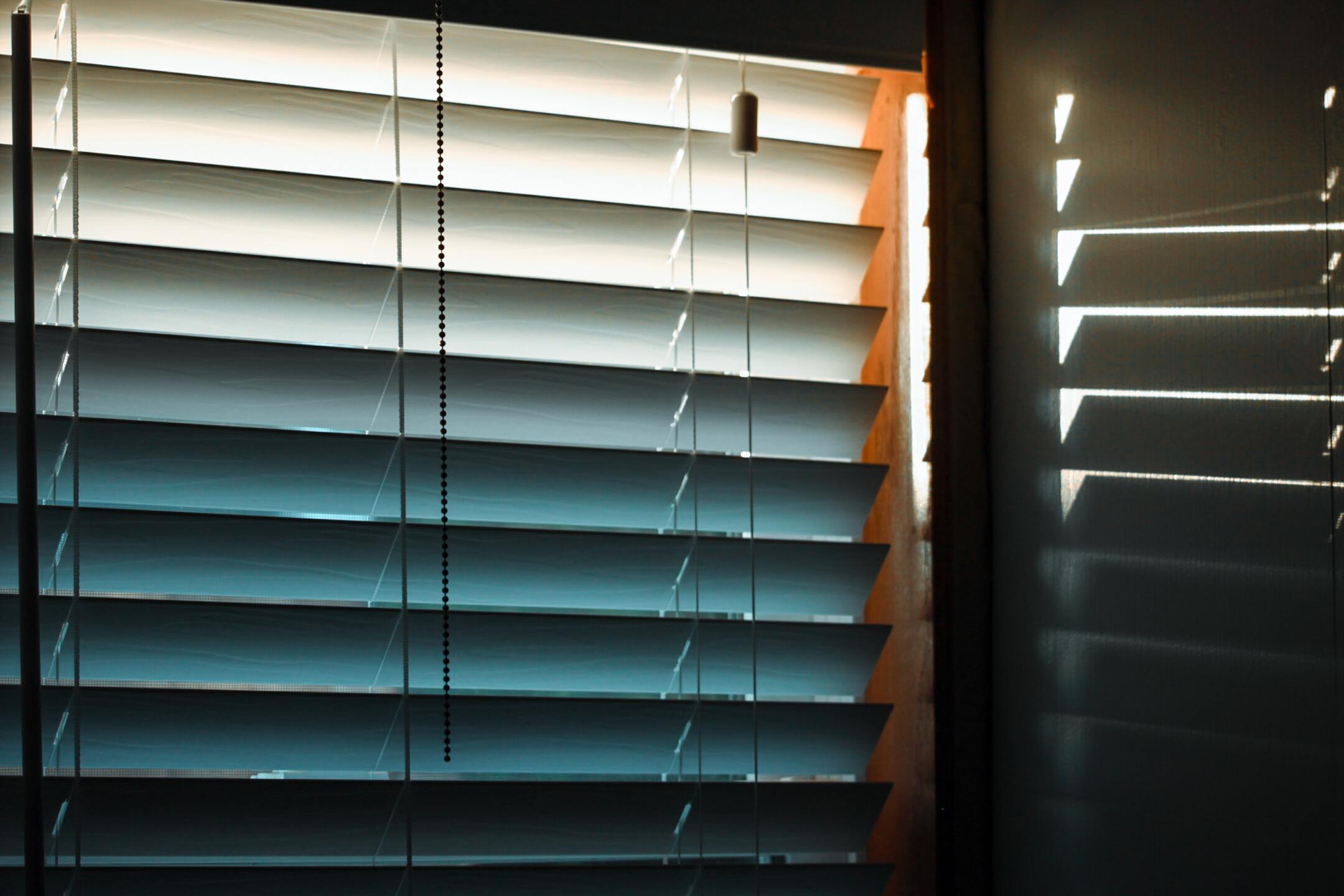

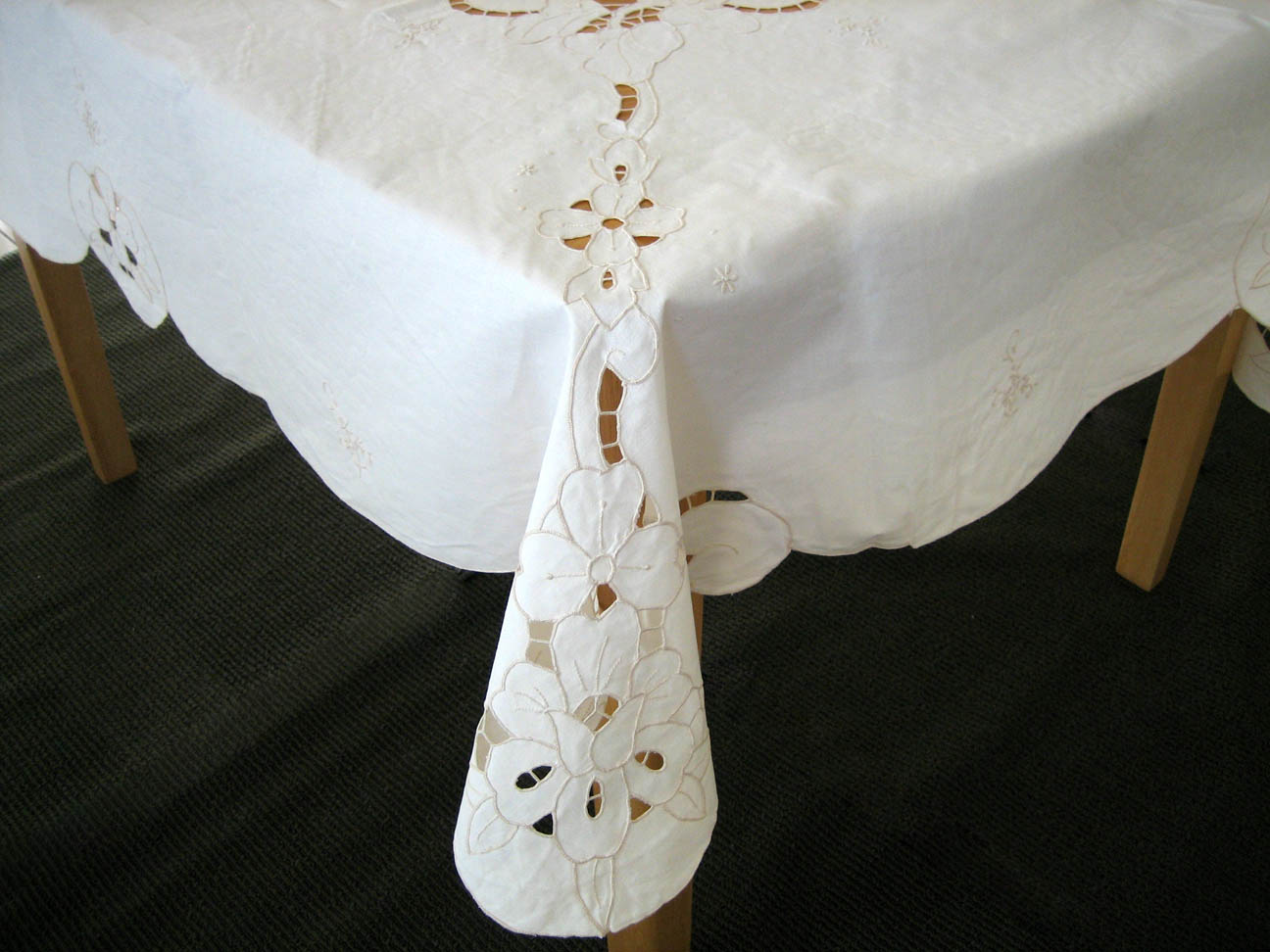
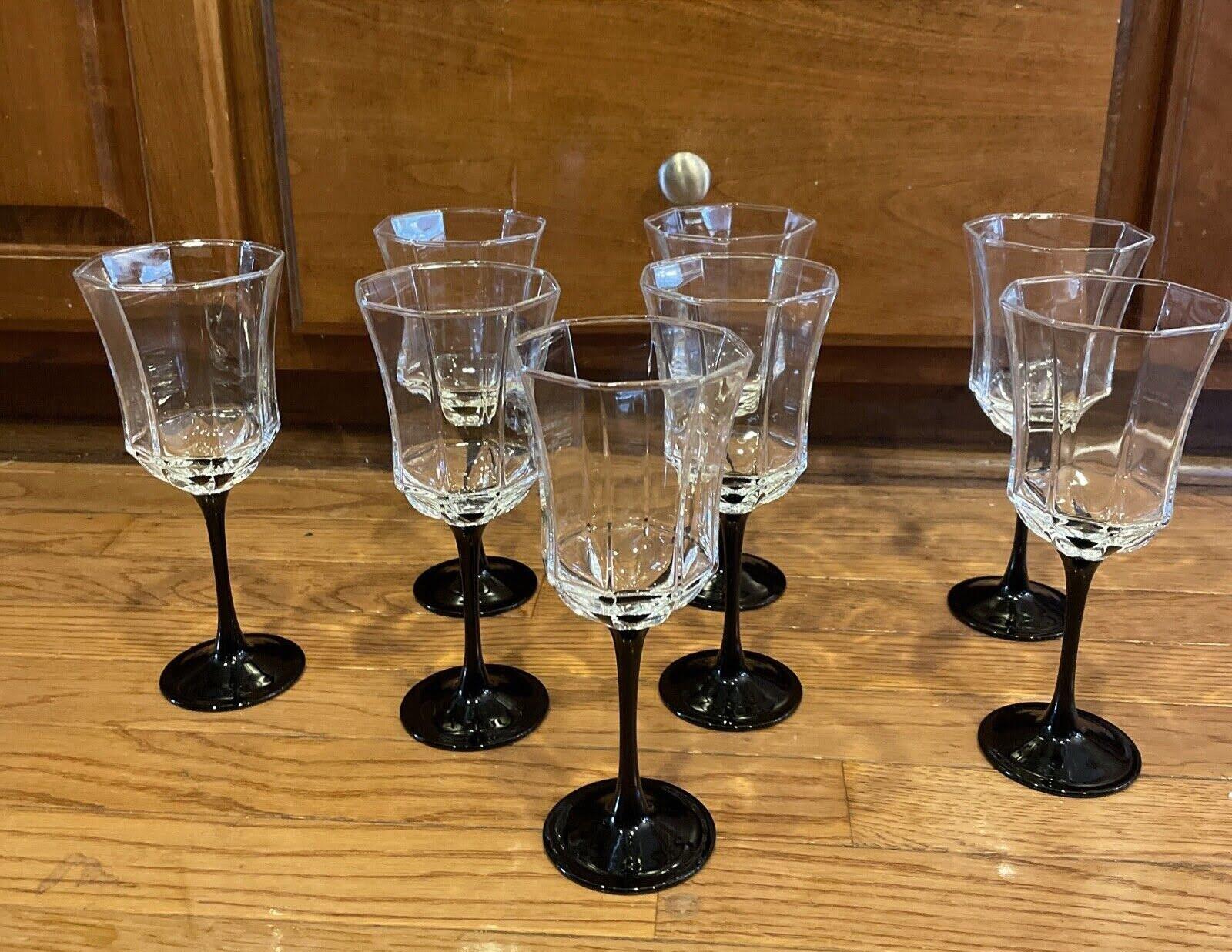
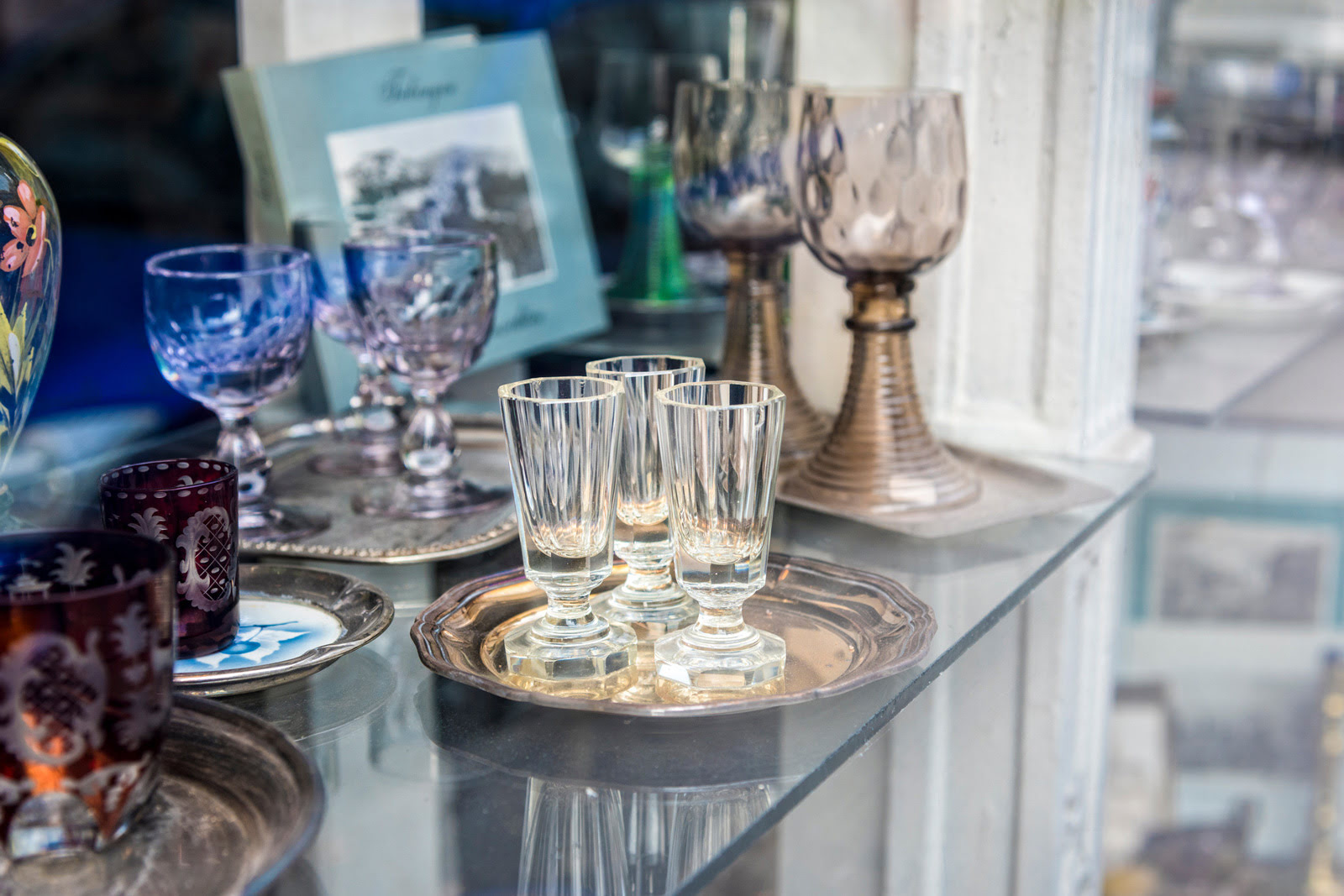

0 thoughts on “What Determines Which Glassware You Measure With”